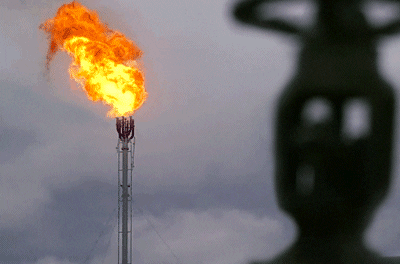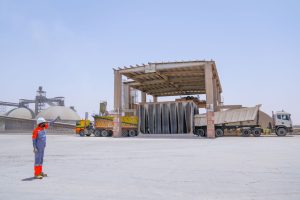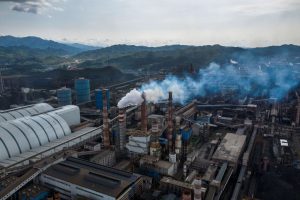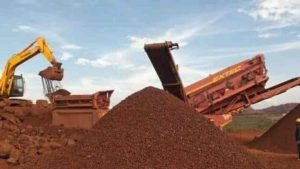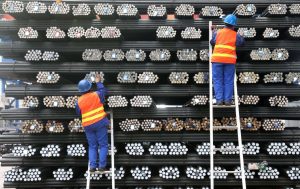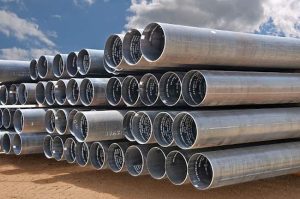New satellite data collected by the World Bank’s Global Partnership for Reducing Gas Flaring reports that progress in reducing gas flaring resumed in 2022, with gas flaring reduced worldwide by 5 billion cubic meters to 139 billion cubic meters. This is the lowest level since 2010.
Commenting on this, Guangzhe Chen, World Bank Vice President for Infrastructure Affairs, said “After ten years of stalled progress, global gas flaring volumes in 2022 decreased by about 3%, which is a welcome decrease, especially at a time of concern about energy security.” We encourage all oil producers to seize opportunities to end this polluting and wasteful practice”.
Three countries, Nigeria, Mexico and the United States, accounted for most of the reduction in gas flaring globally in 2022. Two other countries, Kazakhstan and Colombia, have also consistently reduced their flaring volumes over the past seven years.
In addition to the overall decline in flare size, global gas flaring intensity – the amount of burning per barrel of oil produced – has fallen to its lowest level since satellite data began being used due to a 5% increase in oil production in 2022. He noted that this leads to a gradual and sustainable separation between oil production and gas flaring.
Despite this progress, the nine largest countries in gas flaring are still responsible for the vast majority of flaring operations, as Russia, Iraq, Iran, Algeria, Venezuela, the United States, Mexico, Libya, and Nigeria account for about three-quarters of the quantities flaring. They also account for about half of the oil production globally.
Satellite data shows that the decline in Russian gas exports to the European Union has not led to a gas-flaring increase in Russia. Throughout 2022, the EU has significantly increased its imports of LNG from the United States, Angola, Norway, Qatar and Egypt and via pipelines from Azerbaijan and Norway. Of these countries, only the United States, Angola, and Egypt have made significant progress in converting gas associated with oil production into natural gas exports rather than flaring.
The Global Partnership to Reduce Gas Flaring estimates that gas flaring in 2022 released 357 million tonnes of carbon dioxide equivalent, 315 million tonnes in carbon dioxide form, and 42 million tonnes in methane form. The report also examines the “state of the science” and uncertainty surrounding how much methane is released from flaring. The report concludes that methane emissions from flaring could be much higher than previously estimated. For example, if the average flare were only five percentage points less efficient at burning methane, the methane amount released globally would be three times higher than the currently estimated.
Commenting on the report, Zubin Bamji, Program Director of the Global Partnership to Reduce Gas Flaring at the World Bank, said, “We are concerned about methane gas amounts released from gas flaring, especially improperly working flaring. Methane is a more harmful gas than carbon dioxide in the short term. Therefore, we must be more aware of this and intensify our efforts to help developing countries address methane emissions.”
About gas flaring: Gas flaring is the burning of natural gas associated with oil extraction. Waste gas can replace more polluting energy sources, increase energy access in some of the world’s poorest countries, and provide much-needed energy security for many countries globally.
The World Bank’s Global Gas Flaring Partnership is a trust fund and partnership of governments, oil companies, and multilateral institutions working to end regular flaring at oil production sites worldwide. The partnership helps identify solutions to technical, economic and regulatory obstacles to reducing gas flaring. The global partnership, in collaboration with the US National Oceanic and Atmospheric Administration and the Payne Institute at the University of Colorado for Mines, is creating global gas flaring estimates based on observations of two satellites launched in 2012 and 2017. Advanced sensors on the two satellites monitor heat from gas flaring activities as infrared emissions at oil and gas production facilities worldwide.









